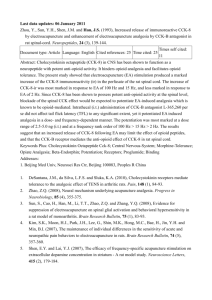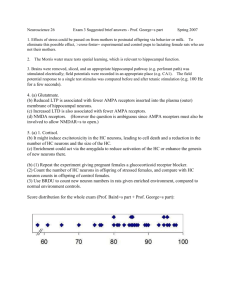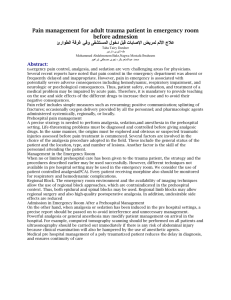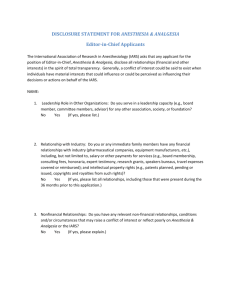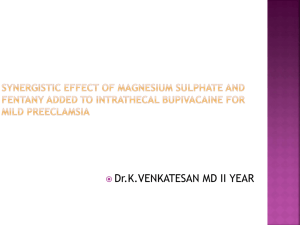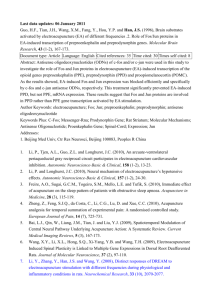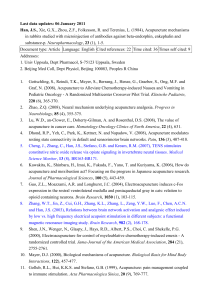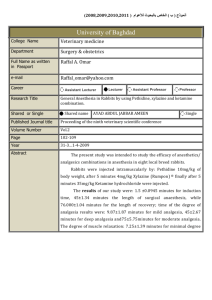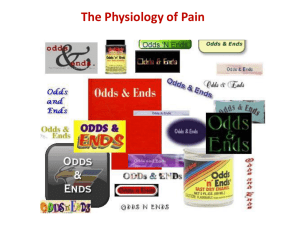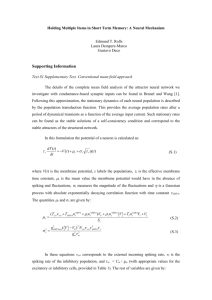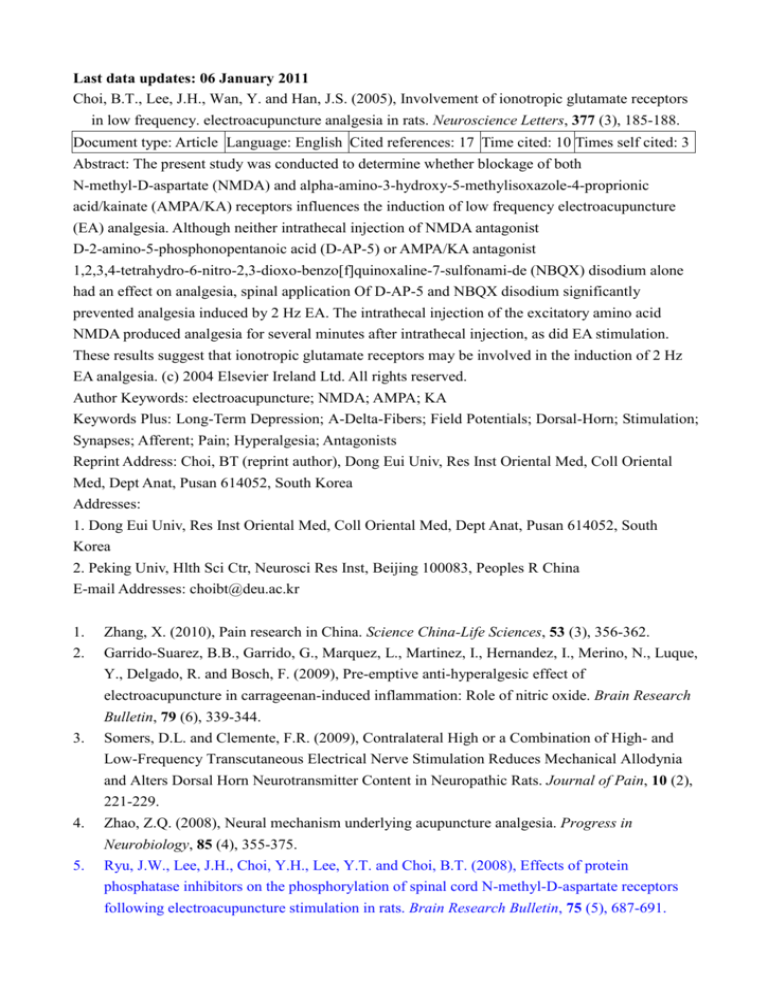
Last data updates: 06 January 2011
Choi, B.T., Lee, J.H., Wan, Y. and Han, J.S. (2005), Involvement of ionotropic glutamate receptors
in low frequency. electroacupuncture analgesia in rats. Neuroscience Letters, 377 (3), 185-188.
Document type: Article Language: English Cited references: 17 Time cited: 10 Times self cited: 3
Abstract: The present study was conducted to determine whether blockage of both
N-methyl-D-aspartate (NMDA) and alpha-amino-3-hydroxy-5-methylisoxazole-4-proprionic
acid/kainate (AMPA/KA) receptors influences the induction of low frequency electroacupuncture
(EA) analgesia. Although neither intrathecal injection of NMDA antagonist
D-2-amino-5-phosphonopentanoic acid (D-AP-5) or AMPA/KA antagonist
1,2,3,4-tetrahydro-6-nitro-2,3-dioxo-benzo[f]quinoxaline-7-sulfonami-de (NBQX) disodium alone
had an effect on analgesia, spinal application Of D-AP-5 and NBQX disodium significantly
prevented analgesia induced by 2 Hz EA. The intrathecal injection of the excitatory amino acid
NMDA produced analgesia for several minutes after intrathecal injection, as did EA stimulation.
These results suggest that ionotropic glutamate receptors may be involved in the induction of 2 Hz
EA analgesia. (c) 2004 Elsevier Ireland Ltd. All rights reserved.
Author Keywords: electroacupuncture; NMDA; AMPA; KA
Keywords Plus: Long-Term Depression; A-Delta-Fibers; Field Potentials; Dorsal-Horn; Stimulation;
Synapses; Afferent; Pain; Hyperalgesia; Antagonists
Reprint Address: Choi, BT (reprint author), Dong Eui Univ, Res Inst Oriental Med, Coll Oriental
Med, Dept Anat, Pusan 614052, South Korea
Addresses:
1. Dong Eui Univ, Res Inst Oriental Med, Coll Oriental Med, Dept Anat, Pusan 614052, South
Korea
2. Peking Univ, Hlth Sci Ctr, Neurosci Res Inst, Beijing 100083, Peoples R China
E-mail Addresses: choibt@deu.ac.kr
1.
2.
3.
4.
5.
Zhang, X. (2010), Pain research in China. Science China-Life Sciences, 53 (3), 356-362.
Garrido-Suarez, B.B., Garrido, G., Marquez, L., Martinez, I., Hernandez, I., Merino, N., Luque,
Y., Delgado, R. and Bosch, F. (2009), Pre-emptive anti-hyperalgesic effect of
electroacupuncture in carrageenan-induced inflammation: Role of nitric oxide. Brain Research
Bulletin, 79 (6), 339-344.
Somers, D.L. and Clemente, F.R. (2009), Contralateral High or a Combination of High- and
Low-Frequency Transcutaneous Electrical Nerve Stimulation Reduces Mechanical Allodynia
and Alters Dorsal Horn Neurotransmitter Content in Neuropathic Rats. Journal of Pain, 10 (2),
221-229.
Zhao, Z.Q. (2008), Neural mechanism underlying acupuncture analgesia. Progress in
Neurobiology, 85 (4), 355-375.
Ryu, J.W., Lee, J.H., Choi, Y.H., Lee, Y.T. and Choi, B.T. (2008), Effects of protein
phosphatase inhibitors on the phosphorylation of spinal cord N-methyl-D-aspartate receptors
following electroacupuncture stimulation in rats. Brain Research Bulletin, 75 (5), 687-691.
6.
Yu, A.C.H., Wan, Y., Chui, D.H., Cui, C.L., Luo, F., Wang, K.W., Wang, X.M., Wang, Y.,
Wu, L.Z., Xing, G.G. and Han, J.S. (2008), The Neuroscience Research Institute at Peking
University: A place for the solution of pain and drug abuse. Cellular and Molecular
7.
Neurobiology, 28 (1), 13-19.
Kang, B.R., Alm, C.B. and Choi, B.T. (2007), N-methyl-D-aspartate antagonist inhibits NR-1
subunit phosphorylation of the spinal N-methyl-D-aspartate receptor induced by low frequency
8.
electroacupuncture. American Journal of Chinese Medicine, 35 (6), 987-993.
Zhang, Z.H., Cui, Y.G., Zhong, Y.M., Wang, X.S., Ju, X.B., Zhice, X., Ding, G.P., Tian, Q.L.
and Yue, J. (2007), Effect of acupuncture on pubertal development of rats and rabbits at
9.
different developmental stages. Neuropeptides, 41 (4), 249-261.
Kong, L.L. and Yu, L.C. (2006), Involvement of mu- and delta-opioid receptors in the
antinociceptive effects induced by AMPA receptor antagonist in the spinal cord of rats.
Neuroscience Letters, 402 (1-2), 180-183.
10. Somers, D.L. and Clemente, F.R. (2006), Transcutaneous electrical nerve stimulation for the
management of neuropathic pain: The effects of frequency and electrode position on
prevention of allodynia in a rat model of complex regional pain syndrome type II. Physical
Therapy, 86 (5), 698-709.

